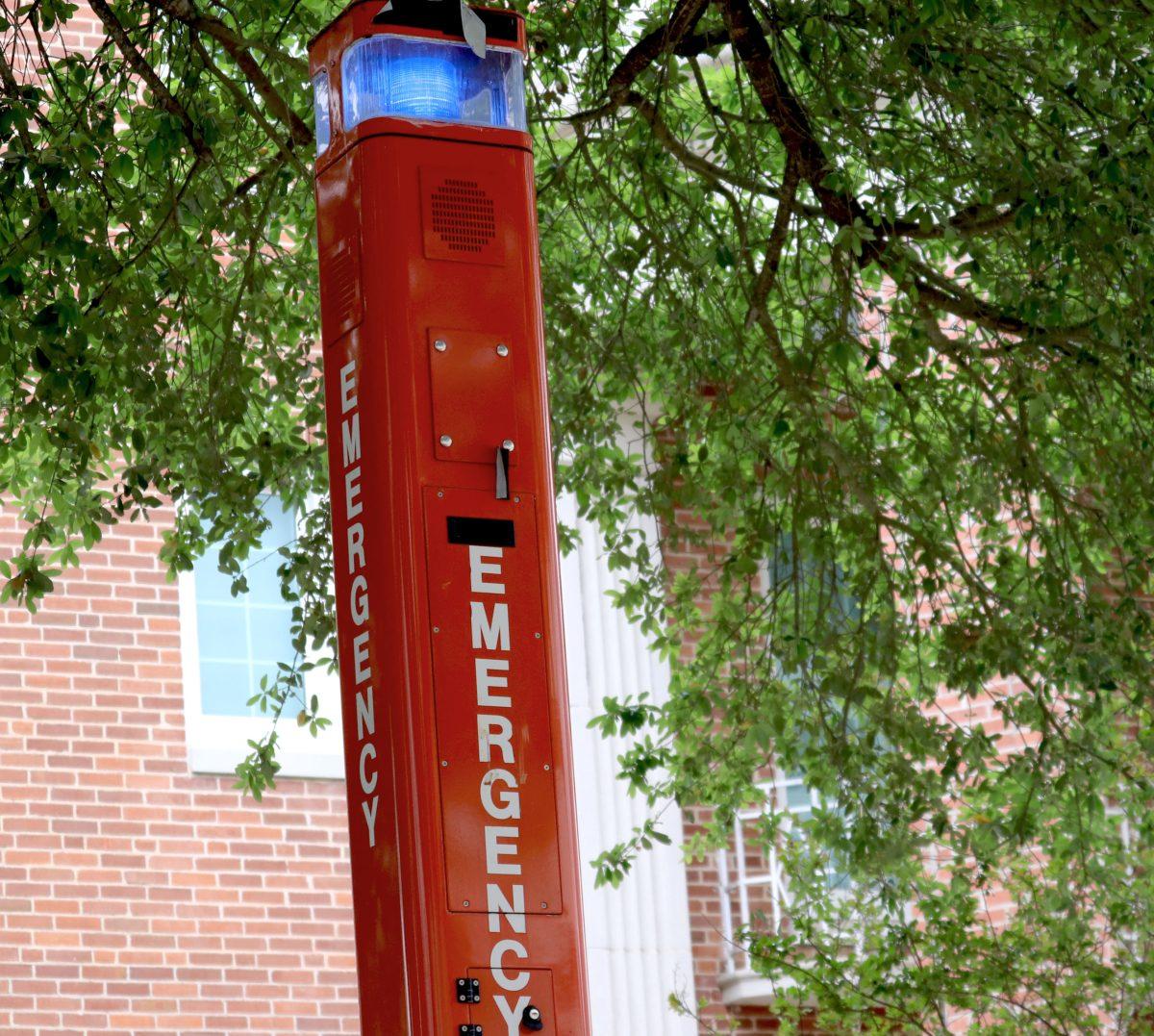On Oct. 26, many sat on the edge of their seats, anticipating the moment it had awaited for 54 years. President Trump released the files surrounding the assassination of John F. Kennedy, “lifting the veil” on one of the most admired and controversial presidents in U.S. history. The files were to be locked away for at least 50 years, and now that the wait is over, but it seems the answers we’ve been given are only raising more questions.
We know the basic facts: Kennedy was assassinated in Dallas on Nov. 22, 1963. 99 minutes after his death, Vice President Lyndon B. Johnson was sworn in as the 36th POTUS. Kennedy’s alleged killer was lone shooter Lee Harvey Oswald, who in turn was killed two days later by Jack Ruby while in transit between jails. The event turned U.S. politics on its head and led to decades of conspiracy theories.
Books, movies, bloggers, and amateur sleuths have all attempted to solve the puzzle that is the JFK assassination. Did Lee Harvey Oswald have a partner, or was he just the scape goat? Was Johnson associated with Kennedy’s murder? Was it the CIA, Cuban Operatives, or the U.S.S.R. behind the trigger? Yet, even now, the line between answers and theories is still a blur. Of the roughly 3,000 documents on file, exactly 2,891 files were released. Clues are slowly but surely coming out of the woodwork, but essentially, all we’ve been handed is a jumbled mess. It’s much like stumbling across random boxes from your childhood that are somehow supposed to link together — confusing and intriguing.
Nonetheless, it’s important to examine some questions and determine why this big unveiling is important to us. We now know that Director of the FBI J. Edgar Hoover was adamant about the public believing Oswald was the “real” assassin involved. In fact, he was furious upon hearing Oswald was killed, fearful the public would suspect a controversy. He also expressed his concerns about civil rights activists being angered over Oswald’s rights being violated, since he was unarmed when shot down. The FBI had insured his protection and failed. Even the Soviet Union was reportedly concerned with conspiracies, afraid the U.S. would suspect them of the attack and launch a missile attack in answer.
How does this affect us now?
At this point, we don’t really know if public knowledge of the files is necessary, although nobody can deny the intrigue. The fact that the FBI and the CIA have persuaded the president to keep certain files redacted “for national security” is suspicious, particularly when the FBI’s first director had such a pivotal role in the story — a role whose intentions are still unclear. Either way, the files are to be kept secret for another six months for inspection until the government and POTUS decides if their release will be conducive to national security. This could go on forever, if they decide it should.
What information is so big that after 54 years, it still has to be kept hidden? The government says they are keeping these redactions due to “national security, law enforcement, and foreign affairs concerns”, but how do these “concerns” concern the public? If our safety and security is at risk, how does not knowing about it protect us? Would public knowledge lead to another war, or even revenge attacks? Would someone(s) have to answer for their actions? How would history, or even politics as we know it, be affected? So many questions could branch off into even more conspiracy theories, but they could also start an important conversation about our government.
The questions are endless, but one thing is certain: Whether we need it or not, the entirety of these files could potentially bring closure to one of the most controversial and disputed conspiracy theories in history.






